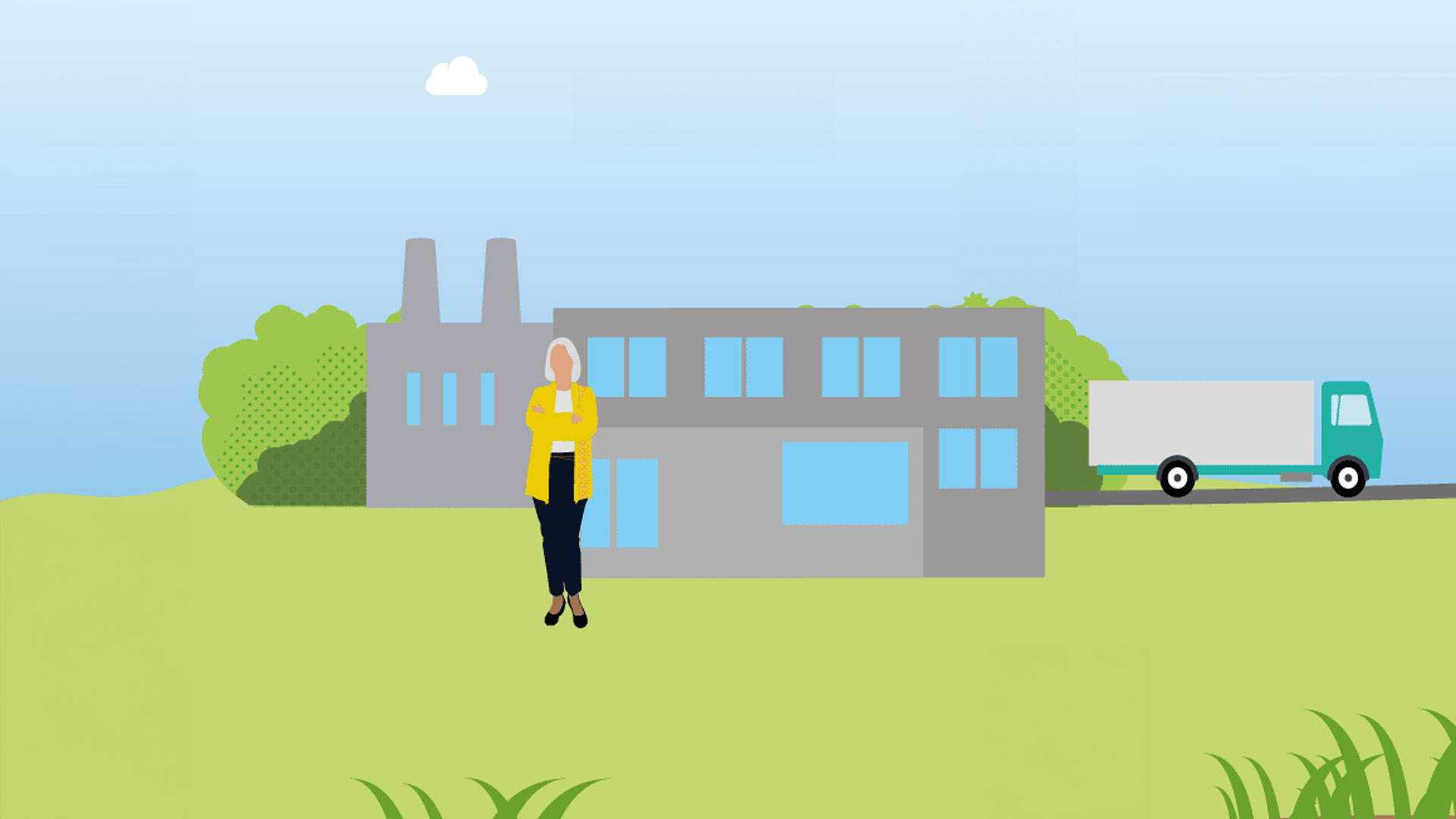What is Catchment First?
Catchment First is our programme of projects and partnerships to protect and maintain natural processes in the landscape, providing clean, fresh drinking water to homes and businesses.
As water flows through a catchment, activities on the land can affect the quality and quantity of available water. This can include run-off from roads, leaking sewers, farming practices and private and public abstractors. The more human activity impacts water quality, the more we have to treat it. This increases the costs to our customers, requires more chemicals, uses more energy and increases our carbon footprint. It's better for our customers, society and the environment if we manage the causes of water quality issues rather than treat the symptoms.
Working in partnership with other organisations and landowners, we can develop solutions to improve urban and agricultural land management, reduce risks to water quality and river flows, and create sustainable drainage to cope with heavy rain. We call this a 'Catchment First' approach.

















